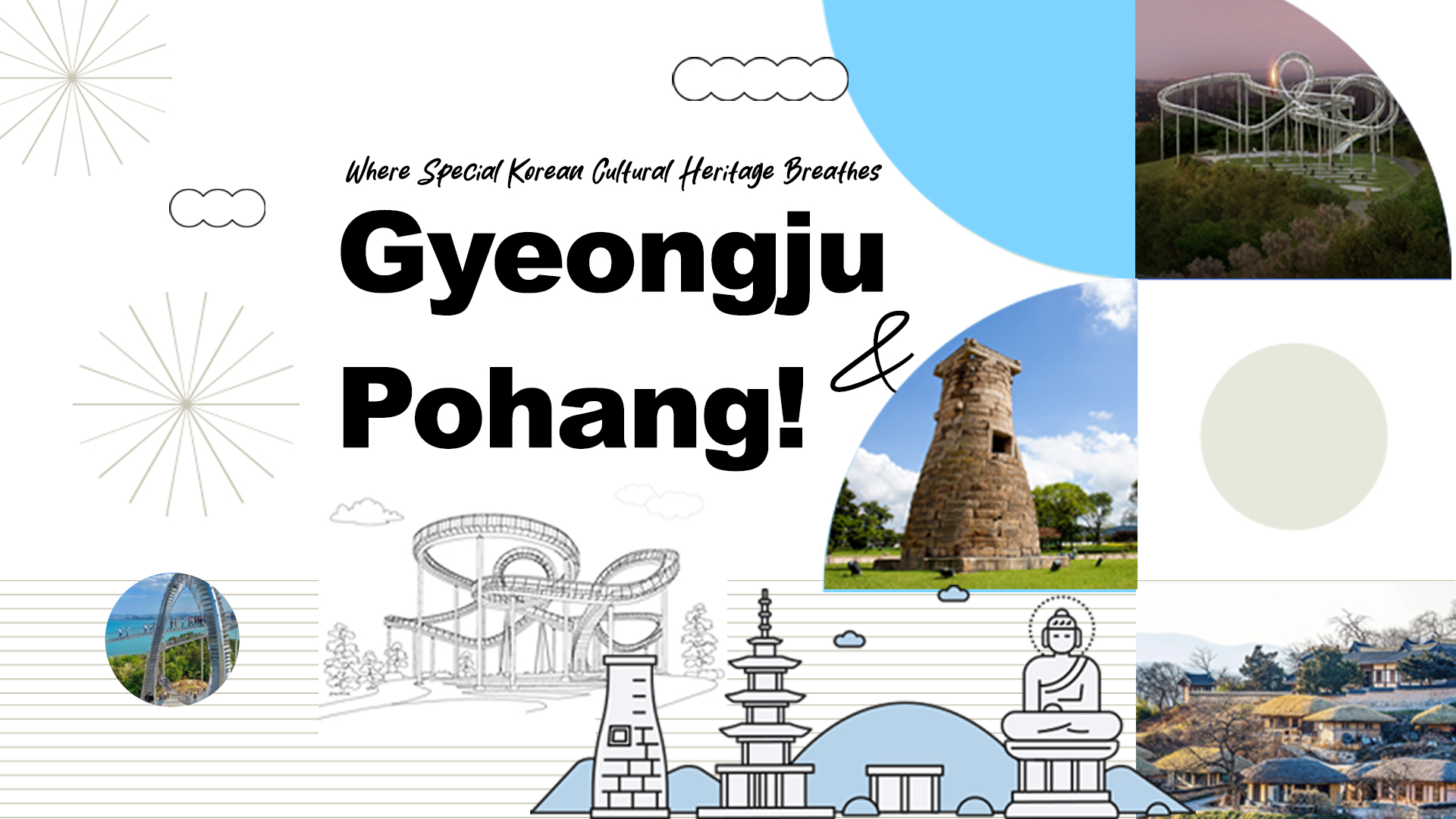
Gyeongju Half day tour from Busan train station[KTX+CAR]
Visit Gyeongju’s representative tourist attractions in a short period of time. You can go to Gyeongju, the ancient city of 1,000 years, in 1 hour by KTX and taxi. We visit Cheomseongdae, Woljeonggyo Bridge, Gyochon Village, Donggung Palace, Wolji Pond, and Cheonmachong, all located in the World Cultural Heritage Cheomseongdae district. This is a tour that takes advantage of a short period of time to visit must-visit tourist attractions in Korea. In March, you can enjoy strawberry harvesting experience in Gyeongju. In June, you can enjoy a harvest experience in Gyeongju, the largest producer of cherries.
Options
Strawberry Pick up Experience
Strawberry Pick up Only: You can enjoy Strawberry pick up experience only. There are no tours available in the city of Gyeongju.
Duration: 4 hours
Lunch: Korean foods
KTX+Taxi: From Gyeongju Station to the strawberry farm, we will take a taxi.
Starting point:
Jungang-daero, 초량제3동 Dong-gu, Busan, South Korea
What's included in Gyeongju Half day tour from Busan train station[KTX+CAR]
(Subject to Option Inclusions)Itinerary
Cheomseongdae Observatory
Cheomseongdae Observatory, constructed during the reign of Queen Seondeok (r. 632-647), is one of the landmark of Gyeongju. The observatory was built in a cylinder shape at approximately 9 meters in height. The observatory consists of 365 stones, symbolizing the number of days in a year. The rocks are piled in 27 layers symbolizing the 27th ruler, Queen Seondeok, and the days in a lunar month by adding the of two rock layers on top.
Woljeonggyo Bridge
Woljeonggyo Bridge located in Gyo-dong, Gyeongju was built during the Unified Silla period (AD 676-935), but was burnt down during the Joseon dynasty. Through historical research, the bridge was rebuilt in April 2018 to become the largest wooden bridge in Korea. According to Samguk Sagi (History of the Three Kingdoms), the bridge was built during the 19th year of King Gyeongdeok’s reign (AD 760), connecting Wolseong and Namsan together. The historical research to rebuild the bridge lasted from November 26, 1984 to September 8, 1986, finding that the bridge was made with wood for the first time. The first rebuilding of the bridge was from 2008 to 2013 and the finishing touches were added from April 2016 to April 2018. Through this research and rebuilding process, future restoration of historical buildings have a better reference to use.
Gyeongju Gyochon Traditional Village
At Gyeongju Gyochon Village, visitors can see the House of the Gyeongju Choi Clan (Important Folklore Material No. 27) and try some Gyeongju Gyodong Beopju Liquor (Important Intangible Cultural Asset No. 86-3). The village centers around the Gyeongju Choi Clan, a family known to have maintained their wealth for over 12 generations, producing many important people. Visitors can learn about the lifestyle and spending habits that enabled the family to do this. The village is also home to the site of Yoseokgung, the house of Silla Princess Yoseok. Nearby attractions include Gyerim Forest, Naemulwangneung Royal Tomb, and Gyeongjuhyanggyo Local Confucian School.
Inclusions
- Air-conditioned vehicle
- All Fees and Taxes
- Lunch
- Public transportation options are available nearby
- Not recommended for travelers with spinal injuries
- Not recommended for pregnant travelers
- Not recommended for travelers with poor cardiovascular health
- Travelers should have at least a moderate level of physical fitness
Meet
Pickup and Dropoff
You will make your own way to the meeting points
Meeting / End Points
- Line 2 Jangsan subway station Exit 1






